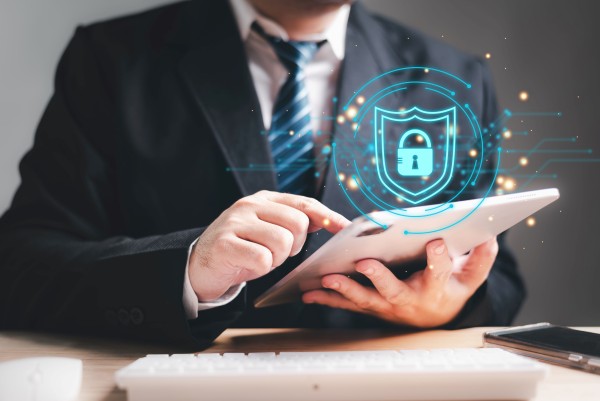In today’s digital milieu, many have seen an amalgamation of traditional and new-age communication tools. Faxing, a staple of business communication from the past, has been given a digital makeover in the form of online faxing. The intersection of the old and the new inevitably raises questions regarding the safety of these online systems. How secure, really, is online faxing? Read on.
The Security Landscape Of Online Faxing
Online faxing generally boasts a level of security on par with various digital communication forms such as emails. This is largely due to the rigorous security protocols implemented by online fax service providers. These protocols often involve sophisticated encryption technologies which encapsulate data during transmission, ensuring the fax’s content remains hidden from prying eyes. Imagine the fax as a letter enclosed in a security envelope, only accessible to those possessing the correct key. Service providers, such as RingCentral, are instrumental in maintaining and enhancing this security landscape
Unpacking The Security Measures Of Online Faxing
The security of online faxing rests on a comprehensive multi-tiered protection system. Here’s a deep dive into these layers:
- Encryption
The first level of protection in online faxing is encryption. Picture this as a secret code that only the sender and recipient know. This process transforms the readable fax document into an indecipherable format during transmission. This coded message can only be reverted to its original state by the recipient, who is equipped with the correct decryption key. It’s akin to having a confidential conversation in a language that only you and the other party understand, keeping the content of your communication safe from eavesdroppers.
- Transport And Storage
When your fax embarks on its journey through the digital world, it’s protected using either Transport Layer Security (TLS) or Secure Sockets Layer (SSL) encryption. Think of this as an armored car carrying your precious cargo. These encryption types are the same as those used in online banking or ecommerce transactions, providing an additional level of security.
Upon reaching its destination, the data doesn’t just lie around unprotected. It’s stored on servers under the watchful eyes of the Advanced Encryption Standard (AES). This encryption standard functions like a high-security vault, protecting your faxes even when they are at rest
- Additional Security Layers
While encryption forms the cornerstone of online fax security, service providers do not solely rely on it. They implement additional safeguards to fortify their defense against potential security breaches.
- User Authentication Procedures: Secure user authentication procedures, like biometric or two-factor authentication, are akin to verifying a person’s identity before they can access a secure facility. These measures ensure that only authorized individuals can access the fax content, adding another layer of protection.
- Firewalls: Firewalls act as the first line of defense against intruders. This keeps out unwanted visitors and provides a barrier between your secure internal network and the potentially hostile external internet environment.
- Regular Security Audits: Regular security audits are akin to routine health check-ups for the system’s security apparatus. They help in detecting potential vulnerabilities and ensuring the continued robustness of the security measures. These audits are typically performed by third-party organizations, bringing an additional level of impartiality and thoroughness to the process.
- Physical Security: Server facilities are often protected by physical security measures, too, like surveillance cameras, secure access controls, and 24/7 security personnel. These measures protect the servers where your faxes reside when not in transit.
- Disaster Recovery Plans: Reputable online fax services also have disaster recovery plans in place. In the event of a system failure or a natural disaster, these plans enable quick recovery of data and minimize downtime.
By understanding these security measures, you can appreciate how online faxing goes to great lengths to safeguard your data, implementing multiple defensive layers to ensure the integrity, confidentiality, and availability of your faxes.
Assessing The Safety Of Online Faxing
When selecting an online fax service, the considerations are akin to choosing a safety vault for your valuables. Here’s what to look for:
- Adherence To Encryption Standards: Make the service provider employs TLS/SSL for data in transit and AES for stored data. These are the recognized industry-standard encryption protocols, similar to expecting a safety vault to have the strongest locks.
- Regulatory Compliance: The provider should be compliant with specific industry security regulations like the Health Insurance Portability and Accountability Act (HIPAA) for healthcare or the Sarbanes-Oxley Act (SOX) for finance.
- Robust User Authentication: Services should require stringent user authentication processes to access faxes. This could range from complex password requirements to two-factor authentication, similar to a vault requiring a key and a code.
- Security Audits: Trustworthy providers are those who have their security measures evaluated by third-party audits, akin to a vault manufacturer proving the robustness of their product through independent testing?
The Takeaway
Online faxing integrates rigorous multi-layered security measures, similar to other digital communication tools. Despite no system being infallible, its robust encryption, authentication, and regulatory compliance make online faxing a secure method for digital communication.

